How to Spot Quality THCA Flower: A Buyer’s Checklist

The THCA market is booming—but not all flower is created equal. Whether you’re a first-time buyer or a seasoned connoisseur, knowing how to distinguish top-shelf THCA flower from mid-grade or bunk product is essential. At Geremy Greens Farm, we believe in educating our customers as much as we believe in growing top-tier cannabis. This comprehensive buyer’s checklist is your guide to spotting high-quality THCA flower every time.
What Is THCA Flower?
Before we break down how to identify quality, it’s important to understand what THCA flower is. THCA (tetrahydrocannabinolic acid) is the non-psychoactive precursor to THC. When heated (via smoking, vaping, or cooking), THCA converts into THC, producing the high most consumers are looking for.
Because THCA flower often looks and smells identical to traditional cannabis but is federally legal when derived from hemp (under 0.3% Delta-9 THC by dry weight), the market is filled with options—and unfortunately, not all of them are premium.
1. Check the Trichomes: The Frost Tells the Truth
Trichomes are those frosty, crystal-like structures coating the surface of the flower. They contain the majority of cannabinoids and terpenes, which directly impact potency and aroma.
What to Look For:
-
Density: A high-quality THCA flower should look like it’s been dusted in sugar.
-
Color: Trichomes should be milky white or amber, not clear or brown. Clear means underdeveloped; brown means degraded.
-
Coverage: Trichomes should cover not only the flower but also the sugar leaves (the small leaves close to the bud).
Avoid: Buds that look dull, sparse, or dry—low trichome density usually means low potency.
2. Use Your Nose: The Aroma Is Everything
Aromatics are a direct expression of a flower’s terpene profile. A rich, pungent scent means the terpenes are intact and the flower was likely grown and cured properly.
Common Top-Shelf Notes:
-
Citrus, Pine, Diesel, Skunk, or Berries depending on the strain.
-
Complex Layering: High-end flower usually doesn’t smell like just one thing—it evolves.
-
Strength: A strong, room-filling aroma is a great sign.
Avoid: Musty, hay-like, or grassy smells. These are often signs of poor curing or mold contamination.
3. Inspect the Bud Structure
The physical shape and texture of a nug can tell you a lot about how it was grown and trimmed.
Sativa vs. Indica Structure:
-
Sativa: Usually fluffier, longer buds.
-
Indica: Tighter, more compact nugs.
Quality Markers:
-
Uniformity: Buds should be well-formed and consistent with the strain type.
-
Hand-Trimmed Look: Avoid flowers with excess leaves or ragged edges.
-
No Seeds or Stems: These should be minimal in high-quality products.
Avoid: Loose, airy buds that crumble when touched, or overly stemmy flower.
4. Feel the Texture: Moisture Balance Matters
Moisture is critical. Too wet and you risk mold. Too dry and you lose terpenes and potency.
Do This Test:
-
Squeeze Lightly: The bud should have a slight spring back.
-
Snap Test: The stem should snap clean, not bend like a green twig.
Ideal:
-
Sticky to the touch, slightly springy, with intact trichomes when broken open.
Avoid: Crumbly, bone-dry flower or flower that feels damp or squishy.
5. Demand the COA (Certificate of Analysis)
Any reputable seller should have third-party lab results. A COA is your proof that the product is legit, safe, and compliant with the 2018 Farm Bill.
What to Look For:
-
THCA Potency: Look for flower testing above 20% THCA for a strong product.
-
Total Cannabinoids: A good flower often contains 22–30%+ total cannabinoids.
-
Terpene Profile: Bonus points for flowers that also list terpene percentages.
-
Contaminant Testing: Check for mold, mildew, pesticides, and heavy metals.
Avoid: Sellers who can't or won’t provide lab tests. That’s an immediate red flag.
6. Understand the Grow Source: Indoor vs. Outdoor
Where and how the flower is grown directly affects quality.
Indoor (Craft-Grown):
-
Controlled environment = more consistent trichome production.
-
Denser buds and often stronger aromas.
-
Usually higher price point, but premium quality.
Outdoor:
-
Sun-grown can yield large, full-spectrum buds.
-
Environmental exposure can increase pest risk and terpene degradation.
-
More variation in appearance and aroma.
Best Case: Responsibly grown indoor flower or greenhouse-grown hybrids that combine quality with sustainability.
7. Ask About the Cure: Time Is a Flavor Enhancer
Curing is the slow drying and aging process after harvest. Done right, it can take 2–4 weeks.
Signs of a Proper Cure:
-
Rich aroma, not grassy.
-
Smooth smoke (less throat burn).
-
Buds retain their color and structure.
Avoid: Fresh-cut flower that hasn’t been properly dried or cured—harsh, flavorless, and inefficient.
8. Check for Hand-Trimmed Buds
Machine trimming often knocks off trichomes, leading to weaker flower. While machine trim is more scalable, hand-trimmed buds typically retain their frosty appearance and structural integrity.
Benefits of Hand-Trimmed Flower:
-
Better appearance and bag appeal.
-
Less damage to trichomes and terpene glands.
-
Sign of small-batch or craft cultivation.
Avoid: Over-trimmed buds (sometimes called “naked”) or those with ragged leaf cuts.
9. Look at the Color: Visual Vibrancy Counts
High-quality flower should have a vibrant appearance that reflects its genetics and health.
Signs of Quality:
-
Healthy Green Base: Ranges from lime to forest green.
-
Accents: Orange pistils, purple hues, or deep red tips—depending on strain.
-
Frost: Visible trichome sparkle under natural light or flash.
Avoid: Brown, grey, or yellowed buds, which may indicate age, oxidation, or mold.
10. Verify the Brand or Farm Reputation
You wouldn’t buy produce from a grocery store with bad hygiene. Cannabis is no different. If you’re unsure about a brand, do a little digging.
What to Check:
-
Does the brand disclose their growing methods?
-
Are they transparent with lab results?
-
Are they based in a legal hemp-growing state like Texas?
Geremy Greens Farm is proud to grow small-batch, hand-trimmed, indoor THCA flower right here in Texas—backed by lab tests and a commitment to quality.
11. Don’t Be Fooled by Gimmicks or Spray-Ons
Some low-quality vendors “spray” flower with distillate or synthetic cannabinoids to boost test results. You’re looking for natural THCA-rich flower—not sprayed, dipped, or artificially flavored buds.
Red Flags:
-
Flower that feels sticky but smells artificial.
-
Crystals that look like sugar added after the fact.
-
Inconsistent THCA numbers vs. visual quality.
Stick with whole-plant, naturally potent flower with clean lab results.
12. Understand the Legal Limits
In Texas and many other states, THCA flower is legal as long as it contains less than 0.3% Delta-9 THC before heating.
Why It Matters:
-
Legit brands will show compliance clearly on COAs.
-
Sketchy brands might hide Delta-9 content or fudge lab results.
Buying clean and compliant THCA flower ensures you’re legally protected—and getting the real deal.
Final Thoughts: Trust Your Senses and Ask Questions
The best THCA flower isn’t always the flashiest, but it is the most consistent in aroma, structure, and lab-backed potency. Use this checklist as your personal compass—and don’t be afraid to ask your local dispensary or vendor questions about their flower.
And if you’re in Texas? Geremy Greens Farm has your back. From our indoor grow rooms to our hand-trim tables, we obsess over every detail so you don’t have to. Whether you're new to THCA or a long-time enthusiast, we invite you to experience premium, Texas-grown cannabis the way it was meant to be—clean, strong, and full of character.
FAQ: How to Spot Quality THCA Flower
Q: Can THCA flower be too strong for beginners?
Yes. Look for flower with 15–20% THCA if you're new. Anything above 25% is considered very strong.
Q: Is a COA required to legally sell THCA flower?
Yes. All legitimate hemp-derived cannabis products must have third-party lab results to prove compliance.
Q: What’s the difference between THCA hemp and THC cannabis?
THCA hemp is legal under the 2018 Farm Bill because it contains <0.3% Delta-9 THC before heating. When smoked, it converts into regular THC.
Q: Why does some THCA flower look brown?
This usually means the flower is old or improperly cured. Look for vibrant green and frosty buds instead.
Q: Does the strain name matter when judging quality?
Strains matter, but how they’re grown and cured matters more. The same strain can vary dramatically in quality between farms.
No comments
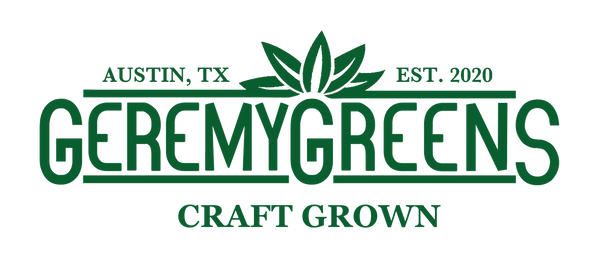
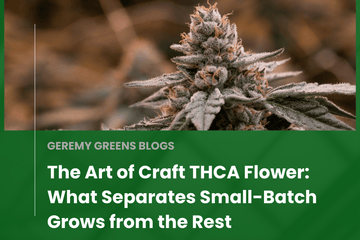
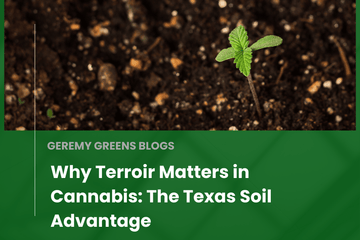
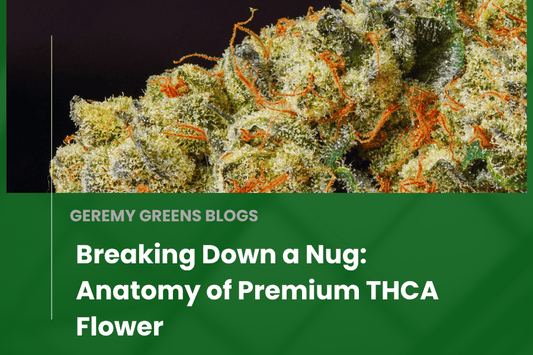
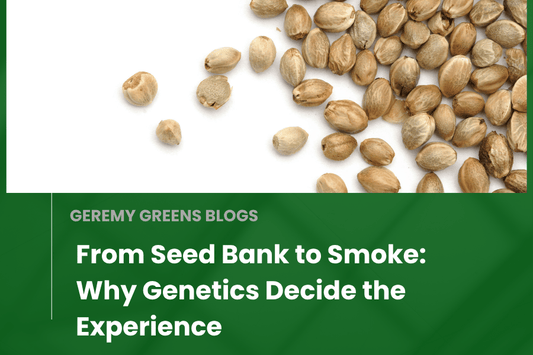
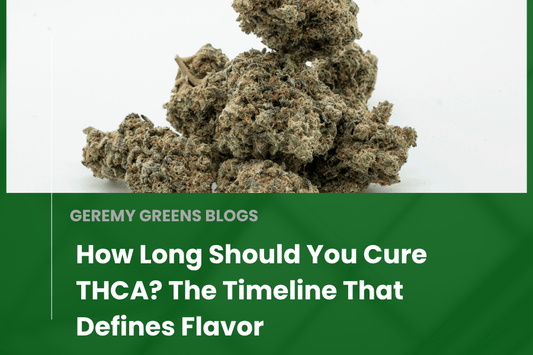



0 comments